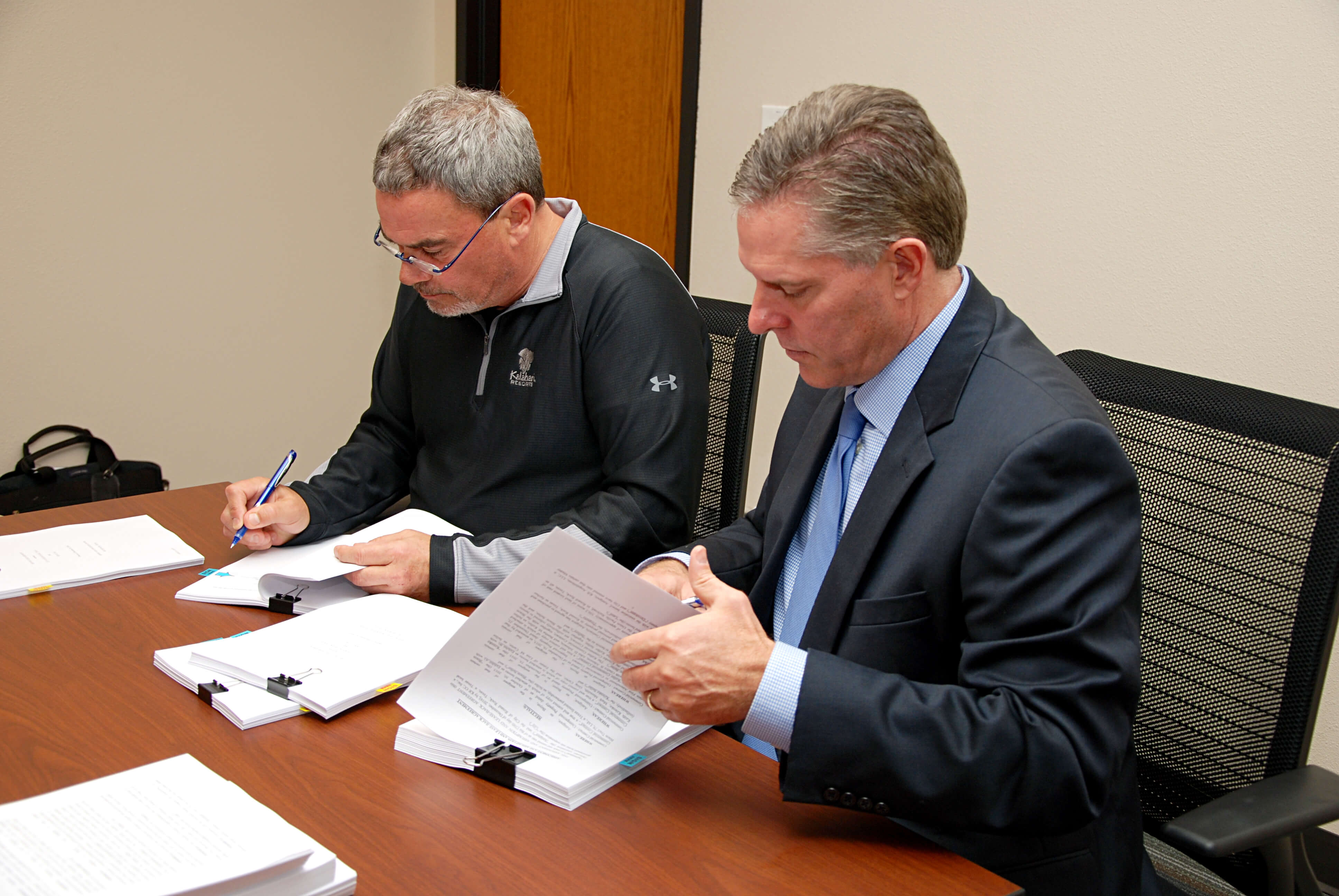
The City Council took another step forward to bringing the Kalahari Resorts project to Round Rock when it approved a series of 10 agreements on Thursday, Dec. 15. Click here to watch the presentation to the City Council about the agreements, which includes comments from Kalahari owner Todd Nelson.
There are more than 1,000 pages total in those agreements, so we thought we’d break it down to a handful of highlights.
- Kalahari will invest at least $350 million and employ a minimum of 700 for the resort, convention center and indoor-outdoor water park.
- All revenue sharing and public debt related the project will be paid using select State and City tax revenues generated solely by the project.
- While the City is purchasing and will own the 351 acres across U.S. 79 from the Dell Diamond and Old Settlers Park where Kalahari will be built, it will be repaid the approximately $27.5 million purchase price in two lease payments: the first $17 million lease payment will be made before the property closes on Dec. 20, and the second payment will be for $10.5 million, plus interest, in eight years.
- Thanks to great work by State Rep. Larry Gonzales, the City is able to utilize a state law designed to encourage these types of tourism-generating developments to leverage State tax revenues as part of the deal. That means the State hotel occupancy tax, sales tax and mixed beverage tax generated by the resort will stay right here in Round Rock to help pay for the project’s public debt and revenue sharing.
- Specifically not included in the agreements are the City’s half-cent sales tax for property tax reduction, half-cent sales tax for economic development and roads, and 2-percent hotel occupancy venue tax. The City will retain 100 percent of those revenues generated by the project.


